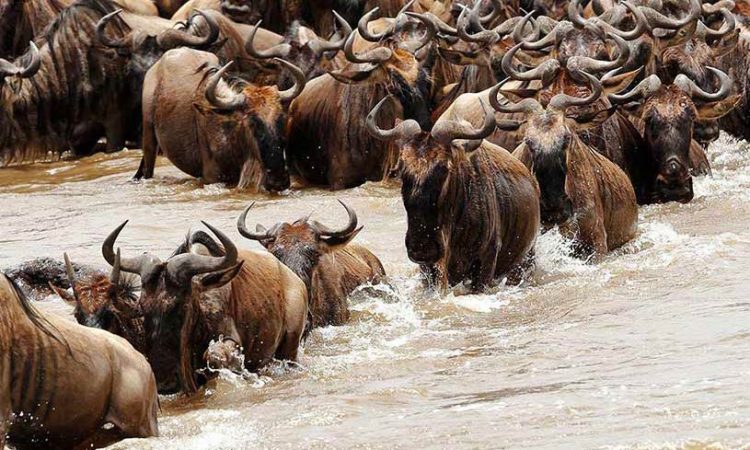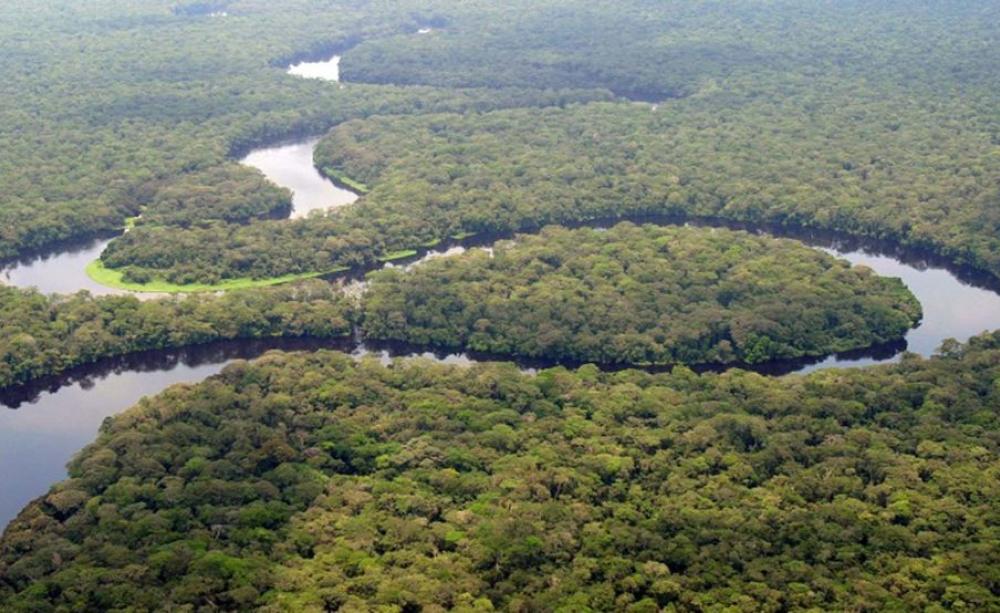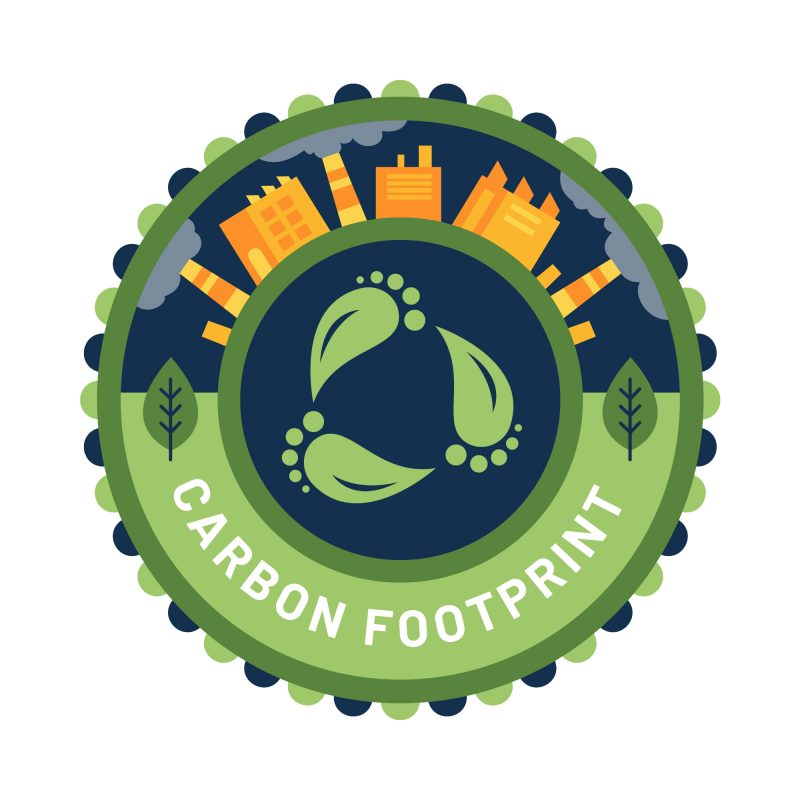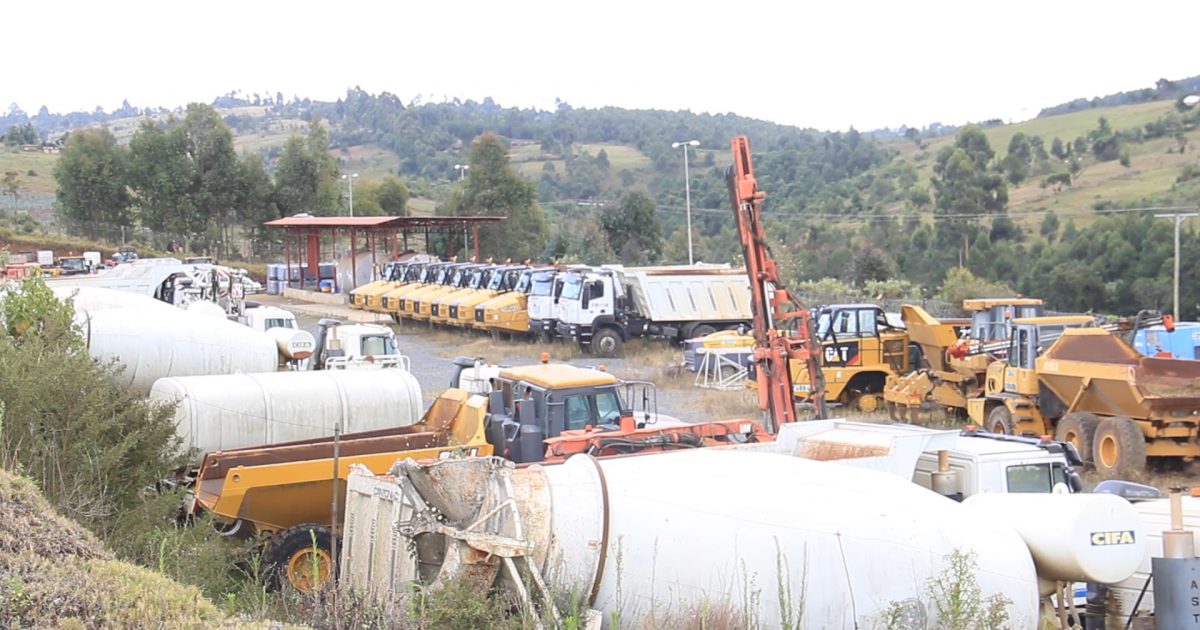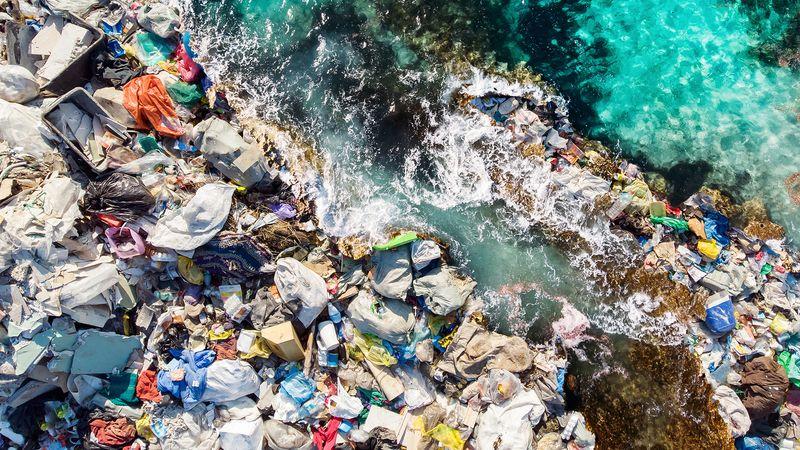- Wildebeests don’t need handouts for their survival but a room to move, grass to graze and safe passage from one place to another from one season to the next.
In Kenya especially the Maasai Mara community conservancies have shown that wildlife and people can coexist peacefully and mutually.
These conservancies not only protect habitat for the Great wildlife migration, but also generate income for local families through tourism, conservation partnerships but all these need support, funding, political good will, community engagement and education for its success.
Despite these efforts, the population of wild animals such as wildebeests are declining at an alarming rate that if not checked these animals will remain in our history books but the good thing is we have room to act now in order to save the wildebeests when we still have time and the remaining population still allows conservation.
There are several ways we can use to conserve the wildebeest migration patterns and population by involving all the stakeholders such as the respective county governments which collect revenues in our conservancies and park, the communities around, non-governmental Organizations and the national government among other stakeholders.
These stakeholders must work with communities to map out wildlife corridors and keep key grazing areas unfenced.
Conservation leases may be used to pay landowners who agree to keep their land open to allow wildlife movement or relocations of the land owners around the wildlife migration routes.
The roads and railways can be designed with wildlife in mind that uses underpasses or overpasses to let animals cross safely and avoid disturbing their migration patterns.
Livestock and wildebeests can also share pasture through rotational grazing plans but these solutions need to be scaled up quickly.
Education is key and many landowners and communities don’t know how much the presence of wildebeests can benefit them both ecologically and economically.
When informed, they often become stewards of wildlife. But without education the land continues to be carved up and fenced in, one plot at a time resulting to high rise buildings and gated villages hence hindering animal movements.
The decline of Kenya’s wildebeests is not just the loss of an animals but an erosion of an ancient and natural rhythm of a migration as old as our land itself. It is a warning bell for all wildlife species that depend on freedom of movement and functional ecosystems.
This brings a challenge to us to come up with innovative ways of ensuring our country Kenya grow and modernize without losing the very wildlife that defines us globally. The answer lies in balance of conservation and development.
Wildebeests don’t need handouts for their survival but a room to move, grass to graze and safe passage from one place to another from one season to the next.
If we give them that, their population will return and when we fail, we risk losing one of the greatest natural migrations on earth right here at home that drives tourists millions of kilometers away just to come and experience the wonders of nature that we fail to value.
The great savannah grounds of Kenya still remember their hooves and if it could talk it would lament on the decrease of the numbers of the species, the land can still carry them but the window to act is closing faster and needs our action to enhance the conservation and their survival.

